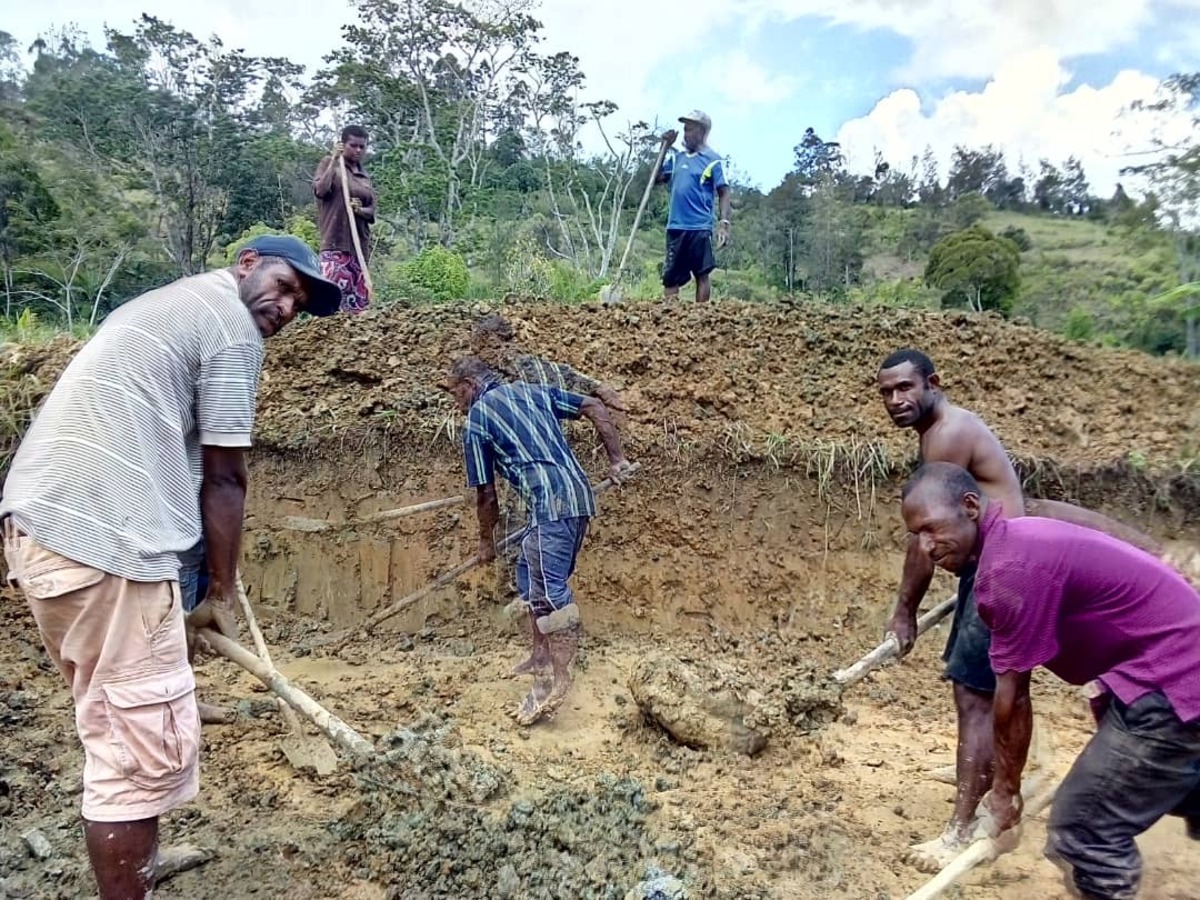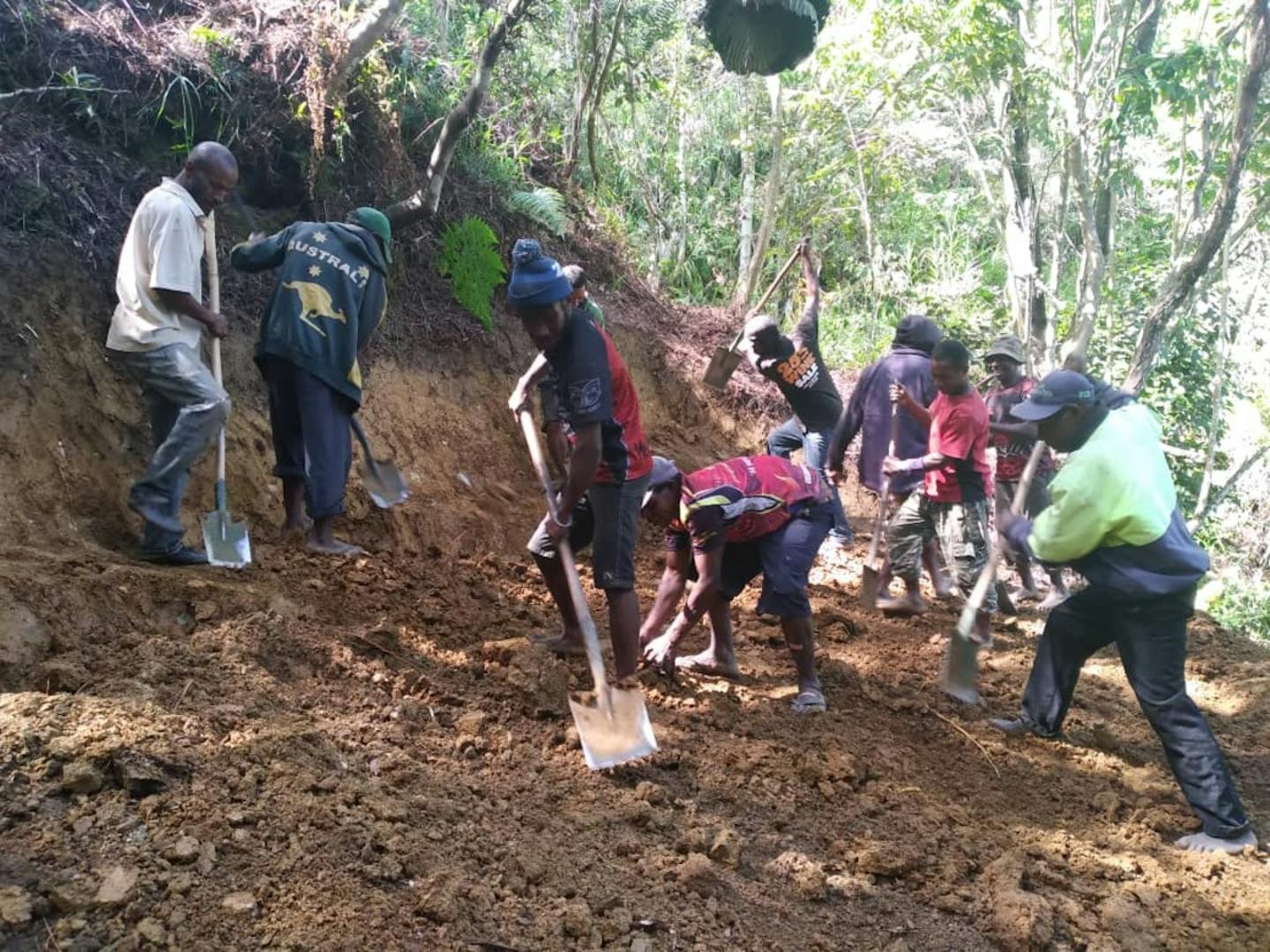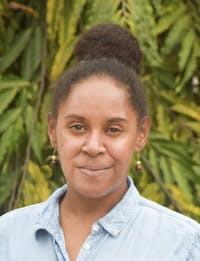A village in the Pacific aims to light its community with water
A group of families in remote Gunangi Suai, located in the central highlands of Papua New Guinea, have decided to make a life-changing impact in their community. They built a hydropower dam that will give them access to electricity for the first time.
Before the project began, the community used kerosene lamps, torches, figs, or firewood for light. These energy sources, however, emit greenhouse gas emissions and deplete the local biodiversity as trees are cut down. Since a big river runs near the village, the community started the Perige Suai Hydropower Project.
With participation from the entire town, the villagers built the dam themselves. Men and teenagers carried sand and rocks from the river to the project site. Women and children cooked for those who worked long hours in the sun. Everything was done by hand. Eventually, a house for the turbines was erected.

James Waula and men in the community continuing with digging up the dam. Image credit: Courtesy of James Waula
Local funds
Building a dam is not cheap. The Gunangi Suai community took it upon themselves to finance the new electricity source. They contributed and raised funds to order a turbine from China, which arrived in October 2021.
According to Waula, the village has enough people to look after the dam and the power project. However, his main concern was whether or not these workers had enough education or training.
The main challenge is knowledge transfer, which is still limited among the villagers. Because of this, Waula added the community needs to employ skilled people to train them. Financing this is where they hit a “brick wall,” he said.
Although the provincial government knows about the project, they are yet to come through with any form of aid. Once complete, the dam will benefit more than 20,000 people, including government institutions and churches.
Currently, Papua New Guinea relies heavily on oil for its energy supply. According to a study done by Dr. Gae Kauzi, a researcher from the Bank of Papua New Guinea, the country has a great wealth of untapped renewable energy sources like hydroelectricity.
Papua New Guinea has recently formed its Nationally Determined Contributions (NDC). NDCs are the efforts done by each country to reduce national emissions and adapt to the impacts of climate change according to the Paris Climate Agreement. Projects like this hydropower plant contribute to a healthier, cleaner environment and would help meet the goals of the country’s NDCs. The Perige Suai Hydropower Project aims to launch as soon as COVID-19 restrictions lessen.


